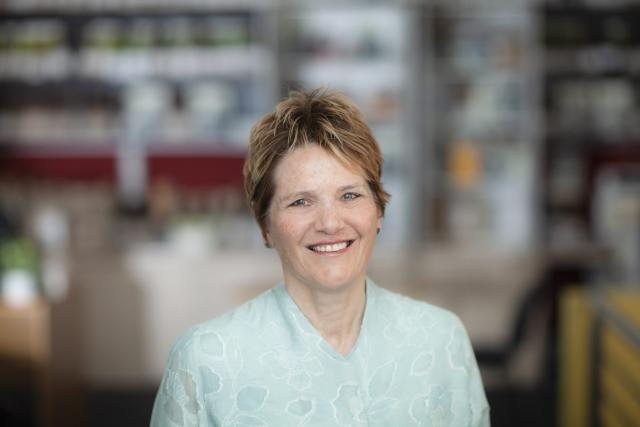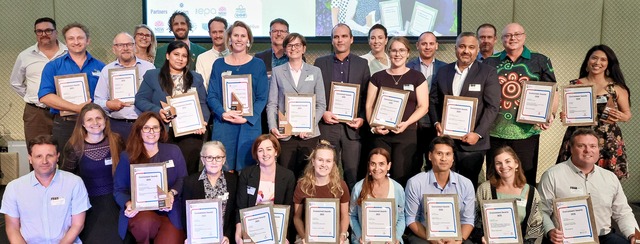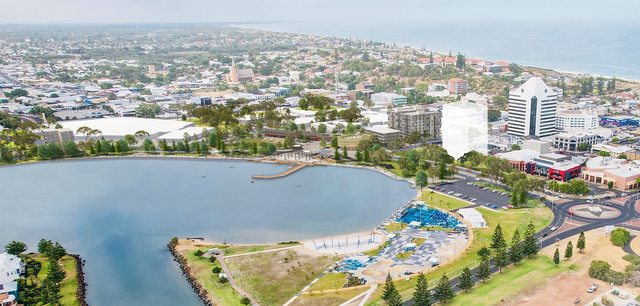Australia can end homelessness within a decade, according to a new plan designed to guide the Federal Government.
Homelessness Australia launched its major report ‘A Plan To End Homelessness’ in Canberra to coincide with Homelessness Week, which rans from August 1-7.
According to the plan, housing is at the centre of Australia’s cost-of-living crisis.
As rents rapidly rise and the cost of living races ahead of people’s incomes, the need to do more to avoid homelessness is more vital than ever.
Homelessness Australia chairwoman Jenny Smith said the Federal Government should use this clear plan now before them to end homelessness after committing to develop a national housing and homelessness plan before the election.
“We don’t have to take homelessness for granted – we can end it within a decade,” she said.
“Housing is at the forefront of Australia’s cost-of-living crisis which is pushing more and more people into homelessness. Rents are skyrocketing while we have a social housing shortfall of 433,000 properties.
“While the situation is dire, the challenge is not insurmountable. That’s why we’re releasing a plan to cut rental stress in half within five years and end it for good by 2032.
“We can end homelessness for women, children, young people and Indigenous Australians, and dramatically reduce the number of people returning to homelessness services.
“Building more social housing, investing in affordable rentals, lifting JobSeeker and raising Commonwealth Rent Assistance are critical to this plan.
“We urge the Albanese government to use Homelessness Australia’s report as its basis when following through on its commitment to a national housing and homelessness plan.”
A Plan To End Homelessness sets out actions needed to:
* Halve the number of households experiencing rental stress by 2027 and end rental stress by 2032;
* End homelessness for women, children and young people;
* End homelessness for Aboriginal and Torres Strait Islander Australians; and
* Halve the numbers of people returning to homeless services by 2027, and halve the numbers again by 2032.
Key recommendations in the report include:
* Building 25,000 social housing properties a year;
* Providing a housing guarantee to women and children fleeing family violence;
* Providing homes and support to people who have been homeless multiple times to help them stay housed;
* Providing young people who can’t live at home with the support they need to succeed; and
* Increasing JobSeeker to at least $70 a day and boosting Commonwealth Rental Assistance by 50 per cent.
Key facts in the report:
* Since June 2021, rents in Australia have increased 13.2 per cent, with rents in some locations increasing more than 25 per cent in a year.
* In 2020-21, 109,207 people came to homeless services needing long-term housing.
* This housing was only provided to 3.4 per cent of those needing a home. More than 76,000 people missed out on the housing they needed.
* In 2020-21, 77,943 people needing homelessness help were turned away by services who didn’t have the staff or other resources needed to respond.
* In 2020-21, 41,652 young people presented alone to homeless services: more than one in seven of all homeless clients.
* When income support was increased In June 2020, homelessness numbers dropped and rent stress among households receiving Commonwealth Rent Assistance fell from 40.5 per cent to 29.4 per cent. Rent stress was avoided for more than 155,000 households.
* First Nations Australians are 9.4 times more likely to be without a home than other Australians. In 2020-21, Aboriginal and Torres Strait Islander Australians represented three per cent of the Australian population but 28 per cent of specialist homelessness service users.








